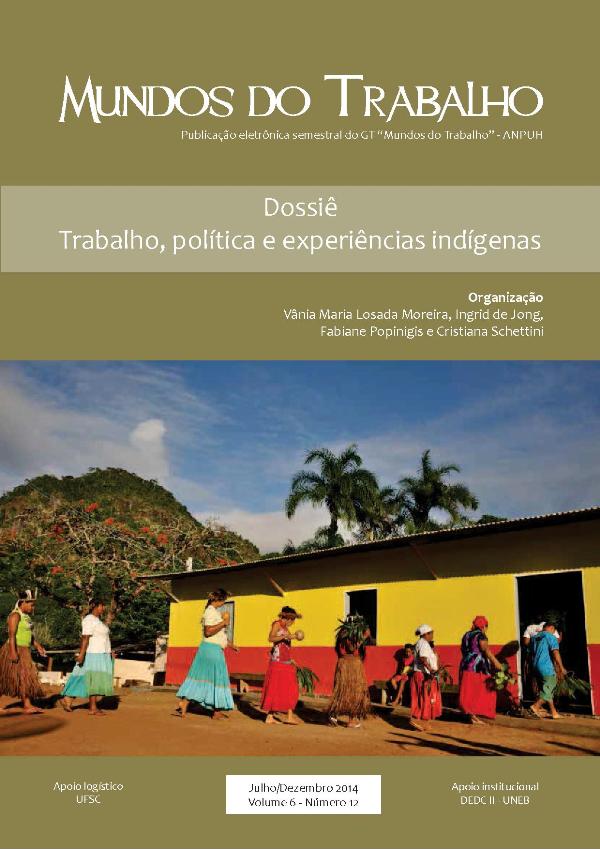Leisure and art for workers during the first Peronist period (1946-1955)
DOI:
https://doi.org/10.5007/1984-9222.2014v6n12p239Keywords:
Leisure, Workers, PeronismoAbstract
In the cultural planning of the first two Perón governments (1946-1955), education, leisure and the training of workers formed central nuclei, thus complementing the objective of social insertion. To this end, the State planned a series of experiences conceived at the intersection of art and politics, which were erected in the field of tension between education and entertainment, between the realization of pedagogical postulates and the leisure of workers. Many of them, in some cases, were in charge of unions, who functioned as intermediary agents of the State. Considering this conjunction between art and leisure, we propose to analyze the conception of leisure adopted by the Peronist State in the cultural project destined for workers.
Downloads
Published
How to Cite
Issue
Section
License
The authors assign to Revista Mundos do Trabalho the exclusive rights of first publication, with the work simultaneously licensed under the Creative Commons Attribution License (CC BY) 4.0 International. This license allows third parties to remix, adapt and create from the published work, giving due credit for authorship and initial publication in this journal. Authors are authorized to take additional contracts separately, for the non-exclusive distribution of the version of the work published in this journal (e.g. publish in an institutional repository, personal website, publish a translation, or as a book chapter), with authorship and publication in this journal.









